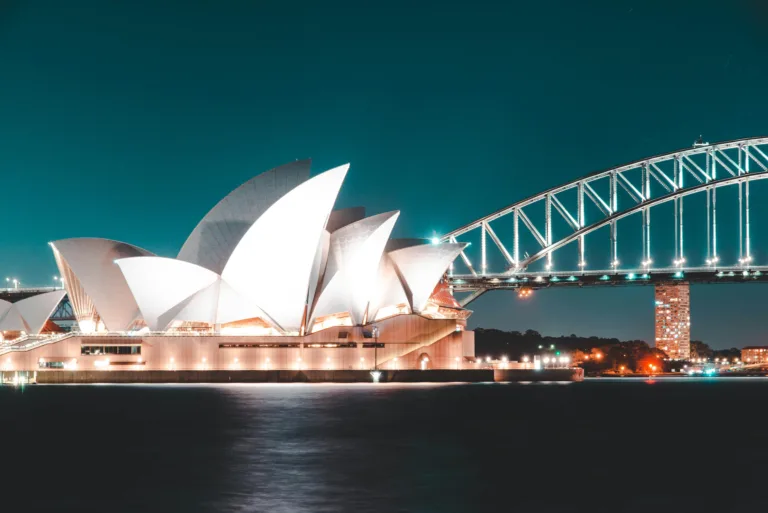A multicultural country is a nation characterized by the coexistence of diverse cultural, ethnic and religious groups. In a multicultural country, individuals from various backgrounds share the same societal space while preserving and celebrating their distinct cultural identities. Here are top 10 multicultural countries in the world 2024:
1.Australia
2.Canada
3.India
4.United States
5.United Kingdom
6.Papua New Guinea
7.New Zealand
8.Indonesia
9.Philippines
10.France
1.Australia
Australia is one of the most multicultural countries in the world.
- Historical Background: Australia has a rich history of immigration. From the British colonization in the late 18th century to the waves of European, Asian, and Middle Eastern immigrants in the 20th and 21st centuries, Australia has continually evolved into a diverse and multicultural society.
- Cultural Diversity: Australia is home to people from over 190 different countries. This includes significant populations from the United Kingdom, China, India, Italy, Vietnam, Greece, and many other countries, creating a mosaic of cultures, languages, and traditions.
- Language Diversity: Over 300 languages are spoken in Australia. While English is the dominant language, other commonly spoken languages include Mandarin, Arabic, Cantonese, Vietnamese, Italian, and Greek. Additionally, numerous Indigenous languages are also spoken.
- Indigenous Culture: Australia’s Aboriginal and Torres Strait Islander peoples have a rich cultural heritage that dates back over 60,000 years. Their traditions, languages, and cultural practices are an integral part of Australia’s multicultural identity.
- Immigration Policy: Australia’s immigration policy has played a significant role in shaping its multicultural society. The country has programs to encourage skilled migration, family reunification, and humanitarian resettlement, attracting people from diverse backgrounds.
- Multicultural Festivals and Events: Australia celebrates its diversity through various multicultural festivals and events. Examples include the Sydney Lunar Festival, Greek Festival of Sydney, Diwali celebrations, and the National Multicultural Festival in Canberra.
- Culinary Diversity: Australian cuisine reflects its multicultural society. The country boasts a wide array of international cuisines, from Italian and Greek to Chinese, Indian, Thai, and Lebanese. This diversity is evident in the numerous multicultural restaurants, markets, and food festivals.
- Education and Multiculturalism: Australian schools and universities are culturally diverse, with students from all over the world. Educational institutions promote multicultural understanding and inclusion through various programs and initiatives.
- Social Integration: Australia actively promotes social cohesion and multiculturalism through government policies and community initiatives. Organizations such as the Australian Multicultural Council and the Federation of Ethnic Communities’ Councils of Australia work to support multicultural communities and advocate for their needs.
- Religious Diversity: Australia is home to a wide variety of religious beliefs and practices. Major religions include Christianity, Islam, Buddhism, Hinduism, and Judaism, along with numerous other faiths. This religious diversity is reflected in the many places of worship found across the country.
- Anti-Discrimination Laws: Australia has strong anti-discrimination laws to protect individuals from racial, religious, and cultural discrimination. These laws support the rights of all citizens and promote a fair and inclusive society.
- Media and Multiculturalism: Australian media reflects its multicultural society. Ethnic media outlets, including newspapers, radio stations, and TV channels, serve the various linguistic and cultural communities across the country.
- Multicultural Organizations: Numerous multicultural organizations and community groups operate in Australia, providing support and services to immigrants and promoting cultural exchange and understanding.
- Economic Contribution: Immigrants have made significant contributions to Australia’s economy. They bring diverse skills, drive innovation, and help address labor shortages in various sectors, enhancing the country’s economic growth.
- Tourism and Cultural Exchange: Australia’s multiculturalism is a draw for tourists who seek to experience its diverse cultural landscape. This cultural richness enhances Australia’s appeal as a vibrant and dynamic travel destination.
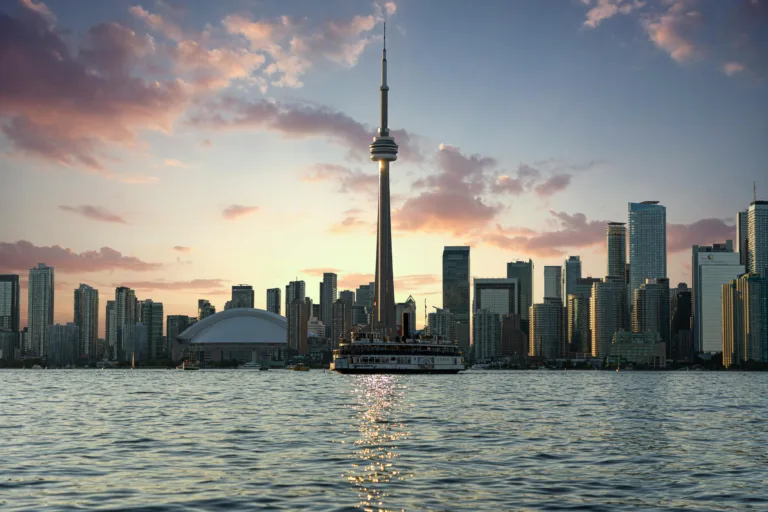
2.Canada
Canada is one of the most multicultural countries in the world.
- Historical Background: Canada’s multicultural fabric has been shaped by centuries of immigration. From the initial French and British settlers to waves of immigrants from Europe, Asia, Africa, and the Americas, Canada has a long history of welcoming people from diverse backgrounds.
- Cultural Diversity: Canada is home to over 200 ethnic origins. Significant populations include those of British, French, Irish, Chinese, Indian, Italian, German, Filipino, and Indigenous descent, among many others, creating a rich tapestry of cultures.
- Language Diversity: Canada is officially bilingual, with English and French as the official languages. However, over 200 other languages are spoken, reflecting the country’s linguistic diversity. These include Mandarin, Punjabi, Spanish, Italian, German, and Indigenous languages.
- Indigenous Culture: Indigenous peoples, including First Nations, Inuit, and Métis, have a profound and enduring cultural heritage in Canada. Their traditions, languages, and cultural practices are a vital part of Canada’s identity.
- Multiculturalism Policy: Canada was the first country in the world to adopt a formal policy of multiculturalism in 1971. This policy recognizes and celebrates the cultural diversity of its citizens and promotes the integration of all cultural communities.
- Multicultural Festivals and Events: Canada hosts numerous multicultural festivals and events that celebrate its diversity. Examples include Caribana in Toronto, the Vancouver International Film Festival, the Calgary Stampede, and the Festival du Voyageur in Winnipeg.
- Culinary Diversity: Canadian cuisine reflects its multicultural population. The country offers a wide array of international cuisines, from Italian and Greek to Chinese, Indian, Middle Eastern, and Caribbean. This diversity is evident in the many multicultural restaurants, food festivals, and markets.
- Education and Multiculturalism: Canadian schools and universities are culturally diverse, with students from all over the world. Educational institutions promote multicultural understanding and inclusion through various programs and initiatives.
- Social Integration: Canada actively promotes social cohesion and multiculturalism through government policies and community initiatives. Organizations such as the Canadian Multicultural Council and the Canadian Ethnocultural Council support multicultural communities and advocate for their needs.
- Religious Diversity: Canada is home to a wide variety of religious beliefs and practices. Major religions include Christianity, Islam, Hinduism, Buddhism, Judaism, and Sikhism, along with numerous other faiths. This religious diversity is reflected in the many places of worship found across the country.
- Anti-Discrimination Laws: Canada has strong anti-discrimination laws to protect individuals from racial, religious, and cultural discrimination. These laws support the rights of all citizens and promote a fair and inclusive society.
- Multicultural Organizations: Numerous multicultural organizations and community groups operate in Canada, providing support and services to immigrants and promoting cultural exchange and understanding.
- Economic Contribution: Immigrants have made significant contributions to Canada’s economy. They bring diverse skills, drive innovation, and help address labor shortages in various sectors, enhancing the country’s economic growth.
- Tourism and Cultural Exchange: Canada’s multiculturalism is a draw for tourists who seek to experience its diverse cultural landscape. This cultural richness enhances Canada’s appeal as a vibrant and dynamic travel destination.
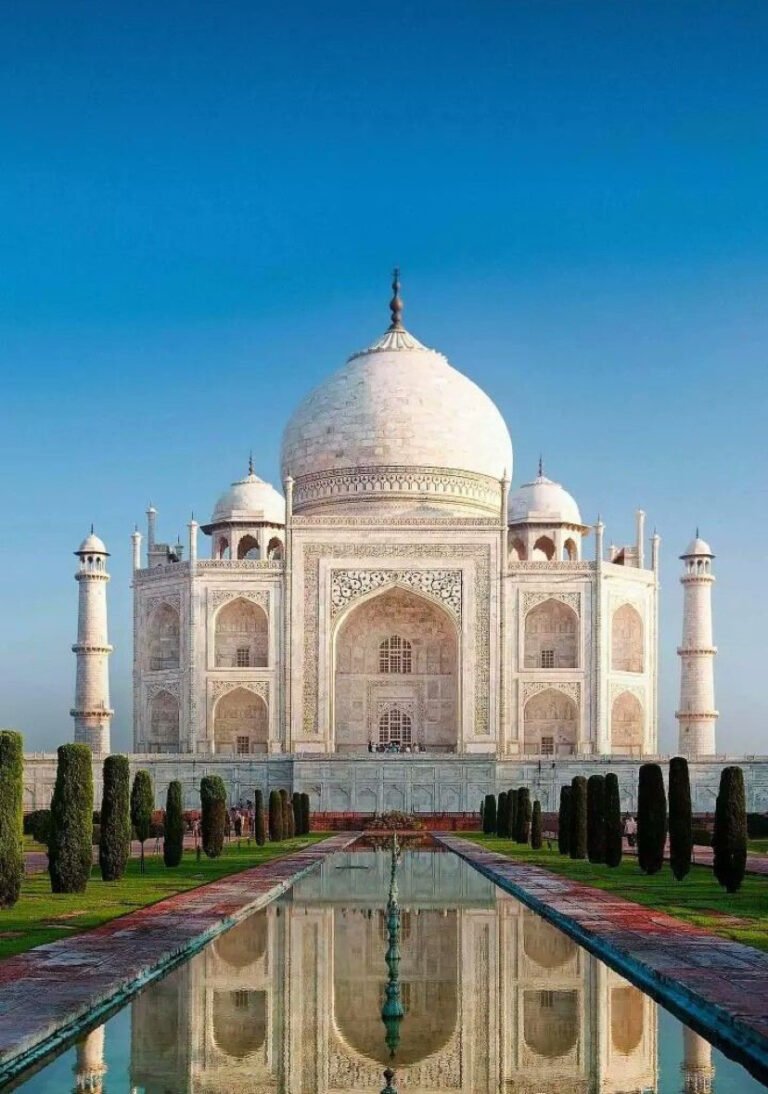
3.India
India is one of the most multicultural countries in the world.
- Historical Background: India’s multiculturalism is deeply rooted in its history, shaped by centuries of invasions and interactions with various cultures. From ancient civilizations to colonial influences, India has absorbed and integrated diverse cultural elements.
- Ethnic Diversity: India is home to a vast array of ethnic groups. Major ethnic communities include Indo-Aryans, Dravidians, Mongoloids, and numerous tribal groups, each with their own distinct cultures and traditions.
- Linguistic Diversity: India is linguistically diverse, with 22 officially recognized languages in the Eighth Schedule of the Indian Constitution and hundreds of other languages and dialects spoken across the country. Major languages include Hindi, Bengali, Telugu, Marathi, Tamil, Urdu, Gujarati, Malayalam, Kannada, and Odia.
- Religious Diversity: India is a land of multiple religions. Hinduism, Islam, Christianity, Sikhism, Buddhism, and Jainism are the major religions, with numerous other faiths practiced by smaller communities. Religious festivals and rituals from different faiths are widely celebrated throughout the country.
- Cultural Festivals: India’s multiculturalism is vividly displayed in its festivals. Celebrations such as Diwali, Eid, Christmas, Holi, Baisakhi, Pongal, Navratri, and Durga Puja highlight the country’s diverse cultural and religious heritage.
- Cuisine: Indian cuisine reflects its multicultural nature, with regional variations offering a vast array of flavors and cooking styles. From the spicy curries of the South to the rich Mughlai dishes of the North, Indian food includes influences from various cultures and regions.
- Art and Architecture: India’s art and architecture are profoundly influenced by its diverse cultural heritage. Iconic structures such as the Taj Mahal, Qutub Minar, Meenakshi Temple, and Konark Sun Temple reflect the blend of Islamic, Hindu, Jain, Buddhist, and colonial architectural styles.
- Music and Dance: Indian music and dance are rich and varied, encompassing classical forms like Hindustani and Carnatic music, traditional folk dances, and modern Bollywood tunes. Dance forms such as Bharatanatyam, Kathak, Odissi, and Kathakali highlight the cultural diversity of the country.
- Clothing and Fashion: Traditional Indian clothing varies widely across regions. Sarees, salwar kameez, dhotis, turbans, and other traditional attire reflect the cultural and regional diversity. Indian fashion also incorporates global influences, creating a unique fusion of styles.
- Social Integration: Despite its diversity, India has a strong sense of unity. The concept of “Unity in Diversity” is a cornerstone of Indian identity, fostering social integration and mutual respect among different cultural communities.
- Education System: India’s education system promotes cultural diversity through curricula that include the study of various languages, histories, and cultures. Educational institutions celebrate cultural festivals and encourage students to learn about and respect different traditions.
- Legal Framework: The Indian Constitution provides a framework for protecting the rights of diverse cultural groups. It includes provisions for the protection of minority rights, linguistic rights, and the preservation of cultural heritage.
- Media and Entertainment: Indian media, including Bollywood, television, and regional cinema, reflects the country’s multiculturalism. Films and TV shows often portray stories from different cultural backgrounds, promoting a sense of shared identity.
- Multicultural Cities: Major Indian cities like Mumbai, Delhi, Bangalore, and Chennai are melting pots of cultures, where people from various parts of the country and the world live and work together, contributing to the vibrant cultural landscape.
- Economic Contribution: India’s diverse population contributes to its economic growth. The varied skills, traditions, and entrepreneurial spirit of its people drive innovation and development across different sectors.
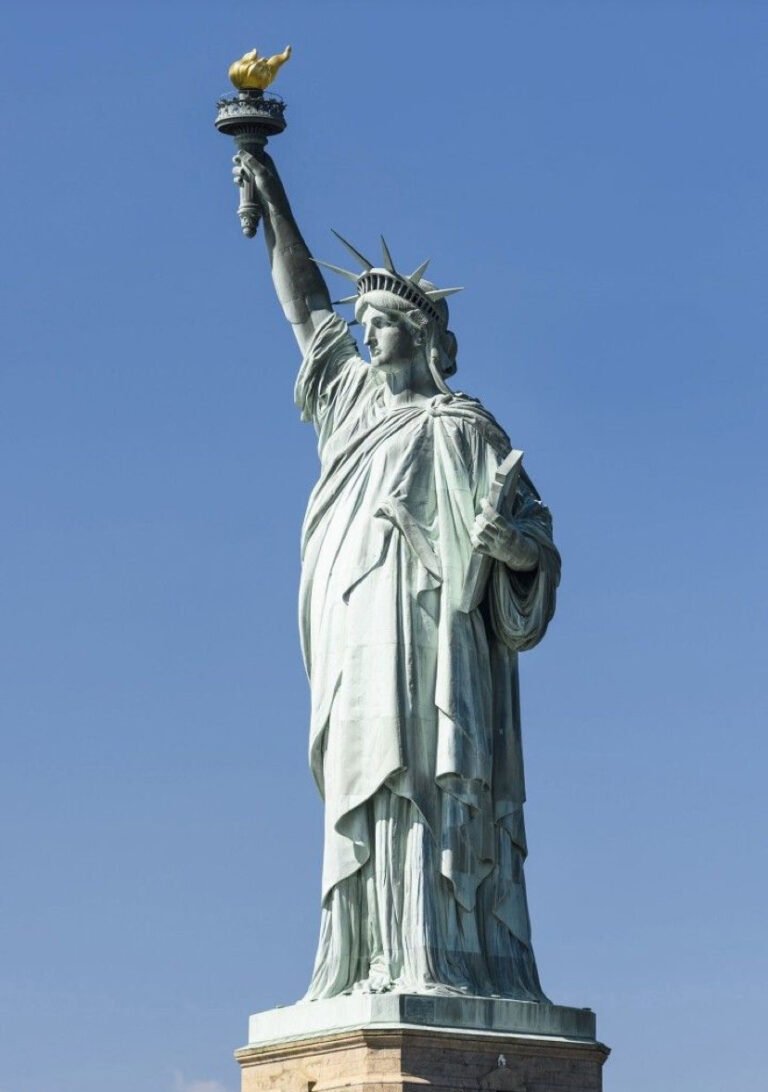
4.United States
The United States is one of the most multicultural countries in the world. This multiculturalism is a result of various factors, including its history of immigration, cultural diversity, and social policies.
- Immigration: Since its founding, the U.S. has been a destination for people from around the world seeking economic opportunities, political freedom, and refuge from conflicts. Major waves of immigration from Europe, Africa, Asia, and Latin America have contributed to a diverse population.
- Colonial and Indigenous Roots: The early colonial period saw settlers from different European countries, alongside the presence of Native American tribes, each with distinct cultures and traditions. The forced migration of Africans through the transatlantic slave trade further added to the cultural mosaic.
- Ethnic and Racial Groups: The U.S. Census categorizes the population into various racial and ethnic groups, including White, Black or African American, Asian, Hispanic or Latino, Native American, and others. Each group has its unique cultural heritage and practices.
- Languages: While English is the predominant language, there is significant linguistic diversity. Spanish is widely spoken, especially in states like California, Texas, and Florida. Additionally, communities speak languages such as Chinese, Tagalog, Vietnamese, French, and many more.
- Cuisine: American cuisine reflects its multicultural makeup, with foods from around the world being popular and widely available. Italian, Mexican, Chinese, Japanese, Indian, and many other international cuisines have been integrated into the American culinary landscape.
- Arts and Entertainment: The cultural diversity of the U.S. is evident in its music, film, literature, and art. Genres such as jazz, hip-hop, country, and rock have roots in the blending of different cultural influences.
- Affirmative Action and Civil Rights: Policies aimed at promoting equality and combating discrimination have helped to foster an inclusive environment where diverse cultures can thrive.
- Education: Many schools and universities in the U.S. offer multicultural programs and initiatives, encouraging students to learn about and appreciate different cultures.
- Integration and Tensions: While multiculturalism brings many benefits, it also poses challenges such as integration and occasional cultural tensions. The U.S. continues to work towards balancing the celebration of diversity with fostering unity.
- Cultural Exchange and Innovation: The blending of different cultures often leads to innovation and cultural exchange, enriching American society and contributing to its dynamic and evolving nature.
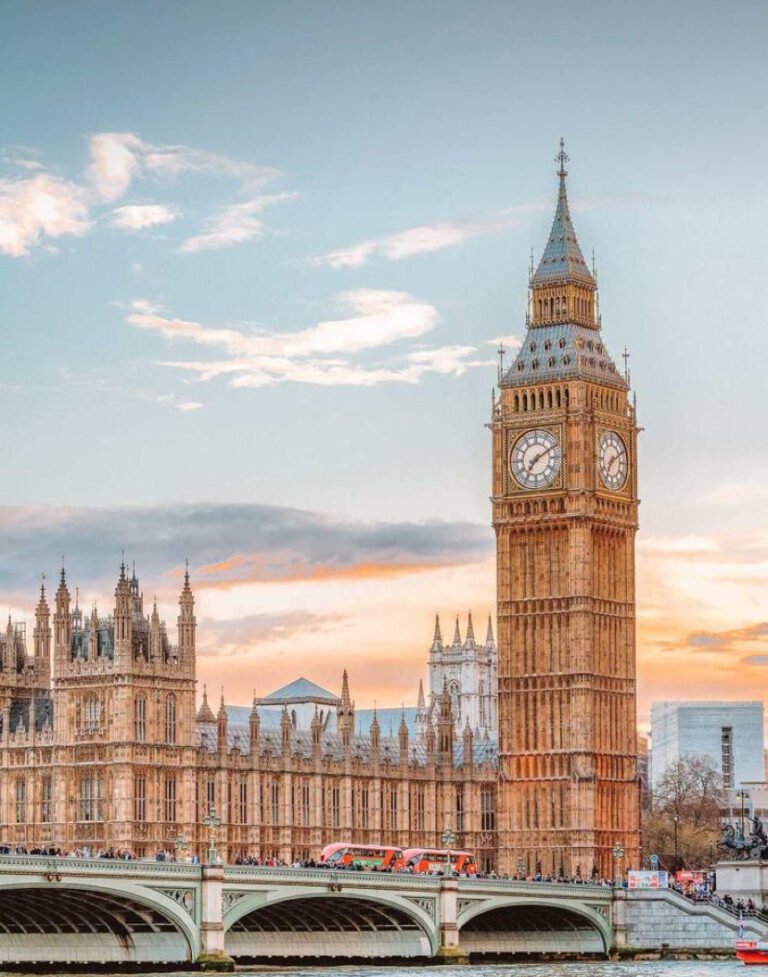
5.United Kingdom
The United Kingdom is one of the most multicultural countries in the world. This multiculturalism is evident in various aspects of British society, influenced by its colonial history, immigration patterns, and social policies.
- Colonial Legacy: The British Empire, at its height, spanned across the globe, leading to extensive cultural exchanges. People from former colonies in Asia, Africa, the Caribbean, and other regions migrated to the UK, bringing their cultures with them.
- Post-War Immigration: After World War II, the UK encouraged immigration from Commonwealth countries to help rebuild the economy. This led to significant waves of immigration, particularly from the Caribbean, South Asia, and Africa.
- Ethnic and Racial Groups: The UK is home to a diverse range of ethnic and racial groups, including White British, Indian, Pakistani, Bangladeshi, Black African, Black Caribbean, Chinese, and many others. The 2011 Census recorded that around 14% of the population identified as non-White.
- Languages: English is the primary language, but there is considerable linguistic diversity. Commonly spoken languages include Punjabi, Urdu, Bengali, Gujarati, Polish, Arabic, and many others.
- Cuisine: British cuisine has been significantly influenced by its multicultural population. Indian, Chinese, Caribbean, Middle Eastern, and many other international cuisines are popular and widely available. Dishes like chicken tikka masala have become part of the national culinary identity.
- Arts and Entertainment: The UK’s arts scene is enriched by its multicultural influences. Music genres such as grime, bhangra, and reggae, as well as diverse film and theater productions, highlight the contributions of different cultural groups.
- Anti-Discrimination Laws: The UK has robust anti-discrimination laws aimed at promoting equality and protecting the rights of individuals from diverse backgrounds. The Equality Act 2010 is a key piece of legislation in this regard.
- Education: British schools and universities often have multicultural curricula and celebrate cultural diversity through various programs and initiatives. This helps foster an environment of inclusion and mutual respect.
- Integration and Community Relations: While the UK is generally welcoming to diverse cultures, there are challenges related to integration and community relations. Issues such as social segregation and occasional cultural tensions need ongoing attention.
- Economic and Social Contributions: Immigrants and their descendants have made significant contributions to the UK’s economy, public services, and cultural life. Their entrepreneurial spirit and cultural richness add to the dynamic nature of British society.
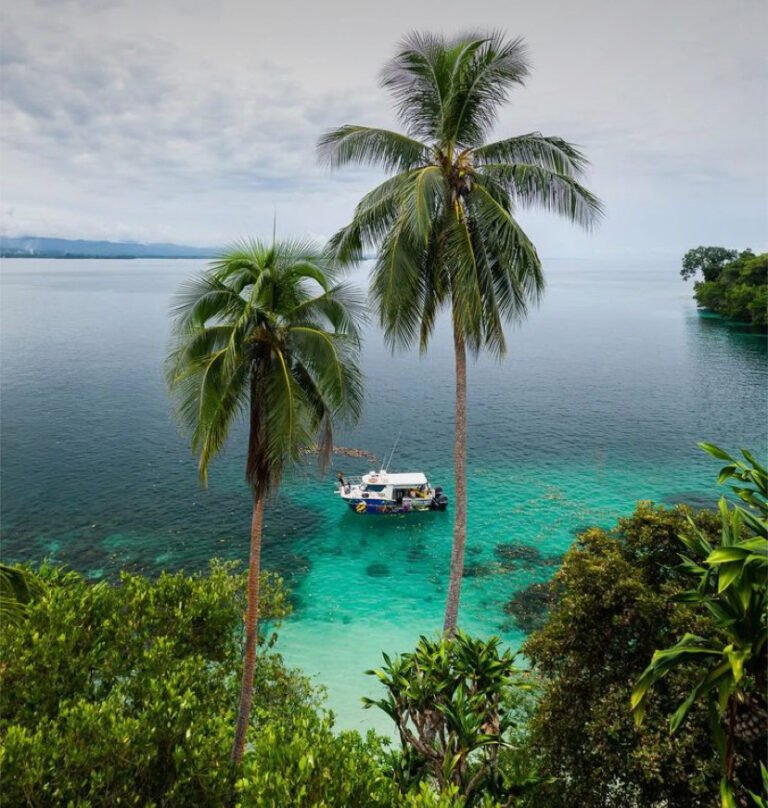
6.Papua New Guinea
Papua New Guinea is one of the most multicultural countries in the world, characterized by its extraordinary linguistic and cultural diversity.
- Languages: Papua New Guinea is home to over 800 distinct languages, making it the most linguistically diverse country globally. These languages are grouped into several families, including Austronesian and Papuan languages. Tok Pisin, English, and Hiri Motu are the official languages, facilitating communication across diverse groups.
- Language Groups: The multiplicity of languages reflects the numerous ethnic groups, each with its unique linguistic heritage. This diversity is seen in the different regions, where languages can change significantly over short distances.
- Ethnic Groups: Papua New Guinea’s population consists of numerous ethnic groups, including the Highlands people, coastal and island communities, and various inland groups. Major ethnic groups include the Huli, Enga, and Chimbu in the Highlands; and the Tolai, Motu, and Orokaiva in the coastal regions.
- Cultural Practices: Each ethnic group has its distinct cultural practices, traditions, and customs. These include unique forms of art, music, dance, rituals, and ceremonies. Traditional dress, body art, and festivals play a significant role in cultural identity.
- Traditional Societies: Many Papua New Guineans live in traditional societies where customs and practices are deeply rooted in their daily lives. These include complex clan systems, traditional land ownership, and customary laws.
- Festivals and Rituals: Cultural festivals, such as the Mount Hagen Cultural Show and the Goroka Show, showcase the diversity of Papua New Guinea’s ethnic groups. These events feature traditional dances, music, and displays of cultural artifacts, promoting intercultural understanding and pride.
- Intercultural Exchange: Despite the linguistic and cultural differences, intercultural exchange occurs through trade, intermarriage, and migration within the country. Tok Pisin, as a lingua franca, facilitates communication among different groups.
- Modern Influences: Urban areas like Port Moresby and Lae are melting pots where traditional cultures blend with modern influences, resulting in a dynamic and evolving multicultural landscape.
- Social Cohesion: The vast cultural diversity can pose challenges to national unity and social cohesion. Managing ethnic tensions and promoting inclusivity are ongoing efforts in Papua New Guinea’s development.
- Cultural Preservation: Balancing modernization with the preservation of traditional cultures is crucial. Efforts to document and maintain languages and cultural practices are important to sustain Papua New Guinea’s rich heritage.
- Economic and Social Development: Leveraging cultural diversity for economic and social development presents opportunities. Tourism, cultural industries, and traditional knowledge can contribute to sustainable development.
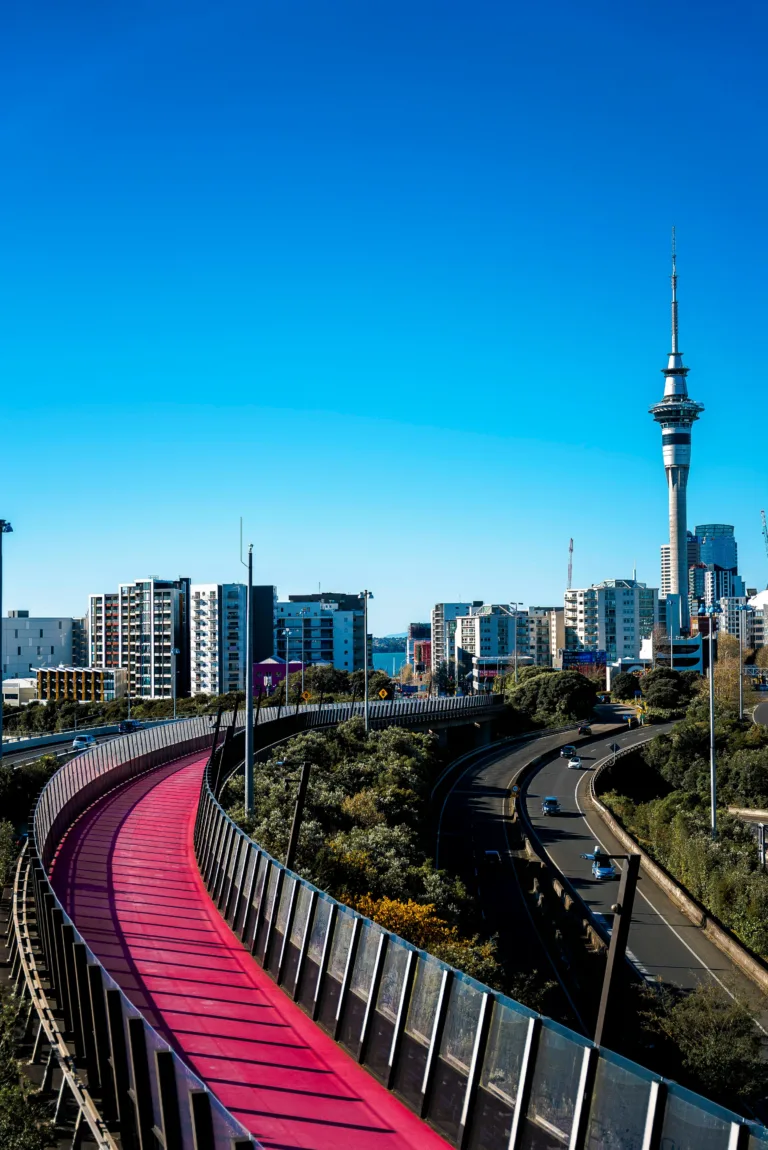
7.New Zealand
New Zealand is one of the most multicultural countries in the world. This multiculturalism is shaped by its indigenous Māori heritage, waves of immigration, and policies promoting diversity and inclusion.
- Indigenous Māori Culture: The Māori are the indigenous people of New Zealand, with their own distinct language, culture, and traditions. The Treaty of Waitangi, signed in 1840 between the British Crown and Māori chiefs, is a foundational document that acknowledges Māori land rights and their role in New Zealand society.
- European Settlement: British colonization brought significant changes, with European settlers introducing new cultural practices, institutions, and languages. This marked the beginning of New Zealand’s multicultural evolution.
- Ethnic Groups: According to the 2018 Census, New Zealand’s population is composed of various ethnic groups, including European (70%), Māori (16.5%), Asian (15%), and Pacific peoples (8.1%). There are also growing communities of Middle Eastern, Latin American, and African immigrants.
- Immigration: New Zealand has a history of welcoming immigrants from around the world. Immigration policies have encouraged the arrival of people from diverse backgrounds, contributing to the multicultural fabric of the country.
- Cuisine: New Zealand’s culinary scene reflects its multicultural population, featuring a blend of Māori, European, Asian, Pacific, and Middle Eastern influences. Popular foods include traditional Māori hangi, fish and chips, Asian fusion dishes, and Middle Eastern cuisine.
- Festivals and Holidays: New Zealand celebrates a variety of cultural festivals, such as Chinese New Year, Diwali, Pasifika Festival, and Matariki (Māori New Year). These events highlight the country’s commitment to embracing and celebrating its cultural diversity.
- Arts and Entertainment: The arts in New Zealand are enriched by contributions from various cultures. Māori cultural performances (Kapa Haka), Pacific Islander dance and music, and diverse international film festivals showcase the country’s vibrant artistic scene.
- Bicultural Foundation: New Zealand’s society is founded on a bicultural framework, recognizing the partnership between Māori and non-Māori (primarily European settlers). The government promotes Māori language and culture through initiatives like Te Reo Māori revitalization and the inclusion of Māori perspectives in education and public life.
- Multicultural Policies: New Zealand also has policies aimed at supporting multiculturalism, ensuring that all ethnic groups can maintain their cultural identity while participating fully in society. The Human Rights Commission and various government initiatives work towards promoting racial harmony and inclusion.
- Social Cohesion: While New Zealand is generally seen as a harmonious multicultural society, challenges such as racial discrimination and social inequalities persist. Efforts to address these issues include anti-racism campaigns and policies promoting equality and inclusion.
- Economic and Social Contributions: Immigrants contribute significantly to New Zealand’s economy and society. Their diverse skills, knowledge, and cultural practices enrich the country’s social fabric and drive innovation and growth.
- Cultural Preservation and Adaptation: Balancing the preservation of cultural heritage with the adaptation to a modern, globalized world is essential. This involves supporting both Māori cultural revival and the integration of new immigrant communities.
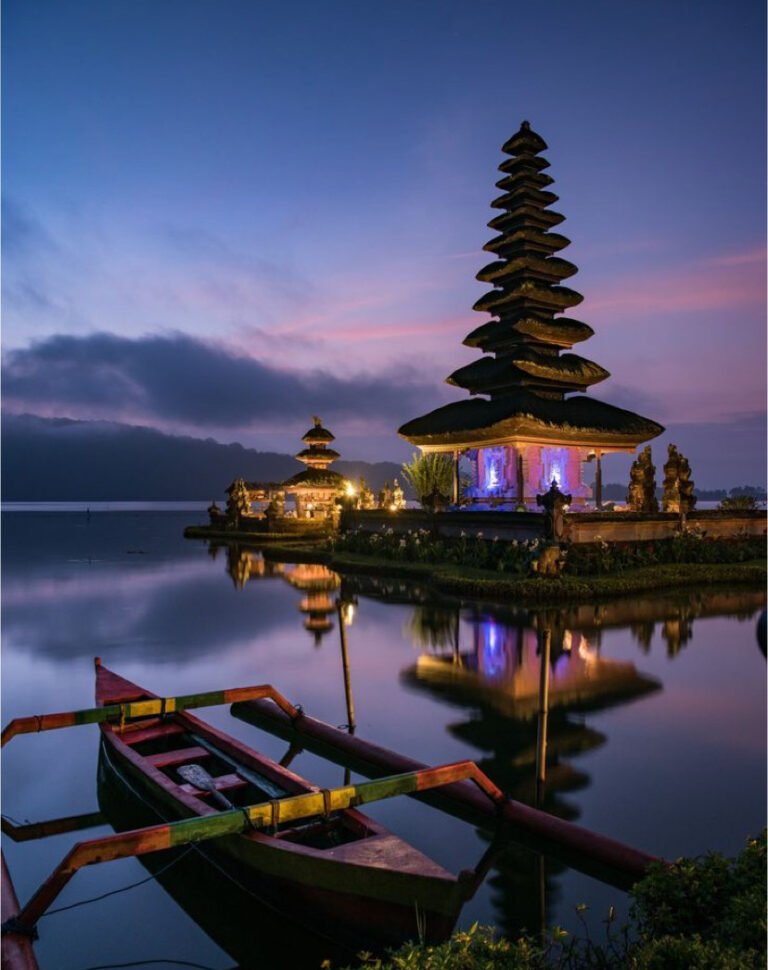
8.Indonesia
Indonesia is one of the most multicultural countries in the world, characterized by its vast array of ethnic groups, languages, cultures, and religions.
- Ethnic Groups: Indonesia is home to over 300 distinct ethnic groups, each with its own language, culture, and traditions. The largest ethnic group is the Javanese, followed by Sundanese, Malay, Batak, Madurese, and many others. These groups are spread across the archipelago, contributing to the country’s rich cultural tapestry.
- Cultural Diversity: The diverse ethnic groups in Indonesia exhibit a wide range of cultural practices, including art, music, dance, cuisine, and rituals. Each group has its own traditional costumes, architectural styles, and folk beliefs, adding to the country’s cultural richness.
- Languages: Indonesia is one of the most linguistically diverse countries, with over 700 languages spoken throughout its islands. Bahasa Indonesia, the national language, serves as a unifying language and is taught in schools and used for official purposes. However, numerous regional languages and dialects are spoken, reflecting the linguistic diversity of the population.
- Language Families: The languages spoken in Indonesia belong to several language families, including Austronesian, Papuan, and Malayo-Polynesian. These languages have been influenced by centuries of interaction with neighboring countries and cultures.
- Religious Diversity: Indonesia is the world’s largest Muslim majority country, but it is also home to significant religious diversity. Besides Islam, Christianity (Protestantism and Catholicism), Hinduism, Buddhism, and traditional indigenous beliefs are practiced by various communities across the country.
- Tolerance and Harmony: Indonesia prides itself on its tradition of religious tolerance and harmony. The national motto, “Bhinneka Tunggal Ika” (Unity in Diversity), encapsulates the ethos of embracing diversity while fostering national unity. Interfaith dialogue and cooperation are encouraged to maintain peace and stability.
- Unity in Diversity: Despite its diverse population, Indonesia has maintained a sense of national identity and unity. National holidays, cultural festivals, and shared traditions help foster a sense of belonging among different ethnic and religious groups.
- Challenges and Opportunities: While Indonesia celebrates its diversity, challenges such as social inequality, ethnic tensions, and religious extremism exist. Efforts to promote social cohesion, address discrimination, and ensure equal rights for all citizens are ongoing.
- Cultural Syncretism: Indonesia’s multiculturalism is further enriched by centuries of cultural exchange and syncretism. The blending of indigenous traditions with foreign influences, particularly from India, China, and the Middle East, has resulted in unique cultural expressions, such as Wayang Kulit (shadow puppetry), Batik (fabric dyeing), and Gamelan music.
- Regional Identities: Each region of Indonesia has its own distinct cultural identity and heritage. From the traditional dances of Bali to the tribal rituals of Papua, the diversity of Indonesia’s cultural landscape reflects the country’s complex history and geography.
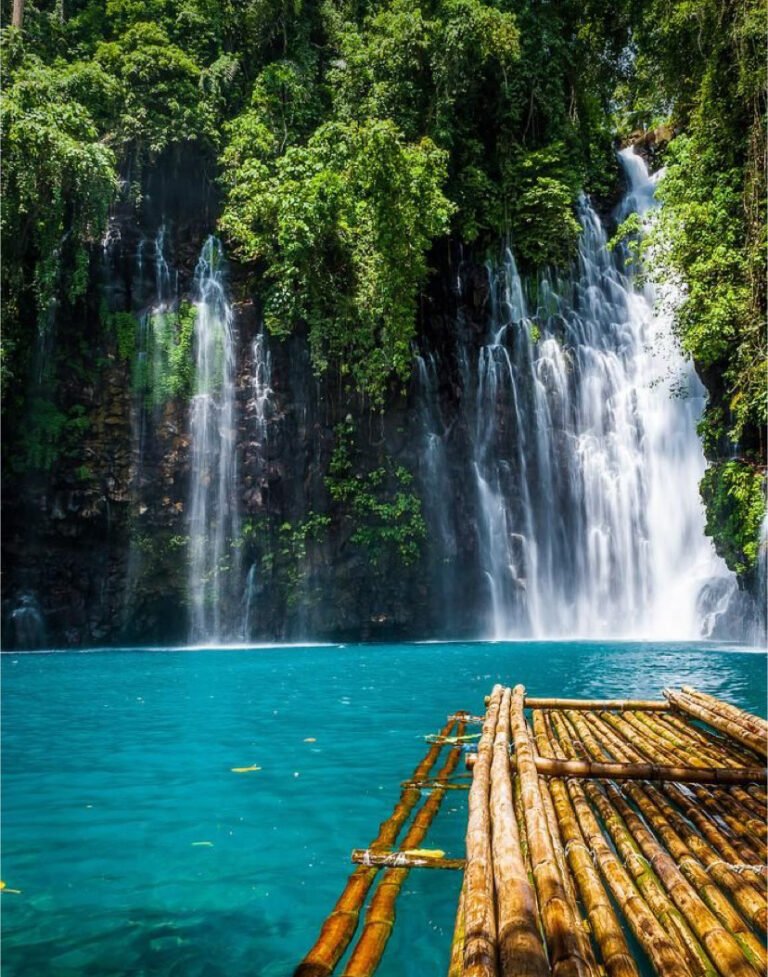
9.Philippines
The Philippines is one of the multicultural countries in the world.
- Numerous Ethnic Groups: The Philippines is home to a diverse array of ethnic groups, each with its own distinct culture, language, and traditions. There are over 175 ethnolinguistic groups in the country, with the Tagalog, Cebuano, Ilocano, Hiligaynon, and Bicolano being some of the largest.
- Languages: Filipino and English are the official languages, but there are also more than 170 regional languages and dialects spoken throughout the archipelago. These languages reflect the cultural diversity of the different regions and communities
- Colonial History: The Philippines has been influenced by various colonial powers throughout its history, including Spain, the United States, and Japan. Each colonial period left its mark on Filipino culture, language, religion, cuisine, and architecture.
- Indigenous Traditions: Indigenous cultures and traditions remain vibrant in many parts of the Philippines, particularly in rural areas. Practices such as traditional music, dance, weaving, and pottery are still preserved and celebrated by indigenous communities.
- Religious Diversity: The Philippines is known for its religious diversity, with Roman Catholicism being the predominant religion, brought by Spanish colonizers. However, there are also significant Muslim (particularly in Mindanao and nearby islands), Protestant, and indigenous animist communities in the country.
- Religious Festivals: Religious festivals and celebrations are an integral part of Filipino culture, reflecting the diverse religious beliefs and traditions of the population. Examples include the Feast of the Black Nazarene, Eid al-Fitr, and the Ati-Atihan Festival.
- Cultural Syncretism: The Philippines has a rich history of cultural syncretism, blending indigenous, colonial, and foreign influences. This fusion is evident in various aspects of Filipino culture, including language, cuisine, music, dance, and festivals.
- Modern Influences: In addition to traditional cultural influences, the Philippines is also influenced by modern globalization, particularly through media, technology, and international trade. This has led to the adoption of new cultural practices and the emergence of a dynamic, multicultural society.
- Unity Amid Diversity: While the Philippines celebrates its cultural diversity, challenges such as regionalism, ethnic tensions, and social inequalities persist. Efforts to promote national unity, respect for cultural differences, and inclusivity are ongoing.
- Cultural Preservation: Preserving and promoting indigenous cultures and languages is essential to maintaining the country’s cultural heritage. Government initiatives and community led efforts aim to protect and revitalize indigenous traditions and languages.
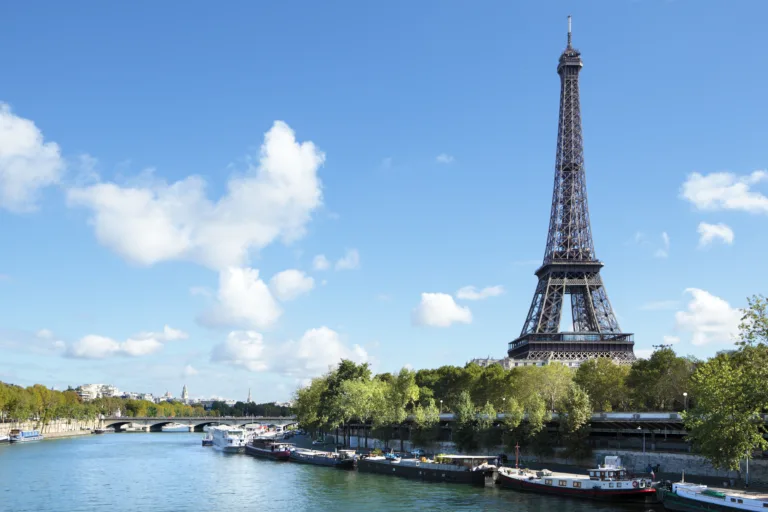
10.France
France is a multicultural country due to its diverse population, shaped by centuries of immigration, colonial history, and globalization.
- Historical Immigration: France has a long history of immigration, particularly from its former colonies in North and West Africa, as well as from other parts of Europe. Waves of immigration occurred during the 19th and 20th centuries, contributing to the cultural diversity of the country.
- Diverse Population: France is home to a diverse population with people of various ethnicities, cultures, and religions. French citizens of immigrant descent, known as “immigrés” or “descendants d’immigrés,” contribute to the multicultural fabric of French society.
- Colonial Legacy: France’s colonial history has left a significant impact on its culture and society. French overseas territories, particularly in Africa and the Caribbean, have influenced French language, cuisine, music, and art.
- Cultural Fusion: France has a tradition of cultural fusion, where diverse influences are integrated into mainstream French culture. This is evident in French cuisine, fashion, literature, and the arts, which reflect contributions from various cultures and ethnicities.
- Freedom of Religion: France upholds secularism as a core value, guaranteeing freedom of religion and separating religion from the state. As a result, the country is home to a diverse array of religious communities, including Christians, Muslims, Jews, Buddhists, Hindus, and others.
- Challenges with Secularism: France’s commitment to secularism has led to debates and controversies over religious symbols in public spaces, such as the wearing of hijabs, burqas, and other religious attire. These issues reflect tensions between cultural diversity and the principle of secularism.
- Integration Policies: France has implemented integration policies aimed at promoting social cohesion and inclusion. These policies include language classes, cultural education programs, and initiatives to combat discrimination and promote equal opportunities.
- Challenges of Integration: Despite integration efforts, challenges remain regarding social and economic integration, particularly for marginalized communities and immigrants from disadvantaged backgrounds. Issues such as unemployment, poverty, and discrimination pose barriers to full participation in French society.
- Cultural Exchange and Dialogue: France’s multiculturalism presents opportunities for cultural exchange, dialogue, and mutual enrichment. Immigrant communities contribute to the diversity and vibrancy of French culture, while also preserving and sharing their own cultural heritage.
- Resilience and Adaptation: Immigrant communities in France have demonstrated resilience and adaptability in navigating challenges and building a sense of belonging. Cultural festivals, community organizations, and grassroots initiatives play a crucial role in fostering solidarity and mutual support.

